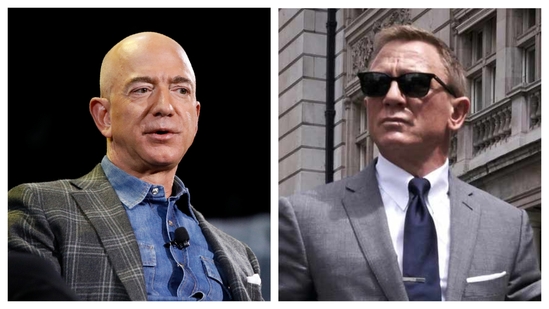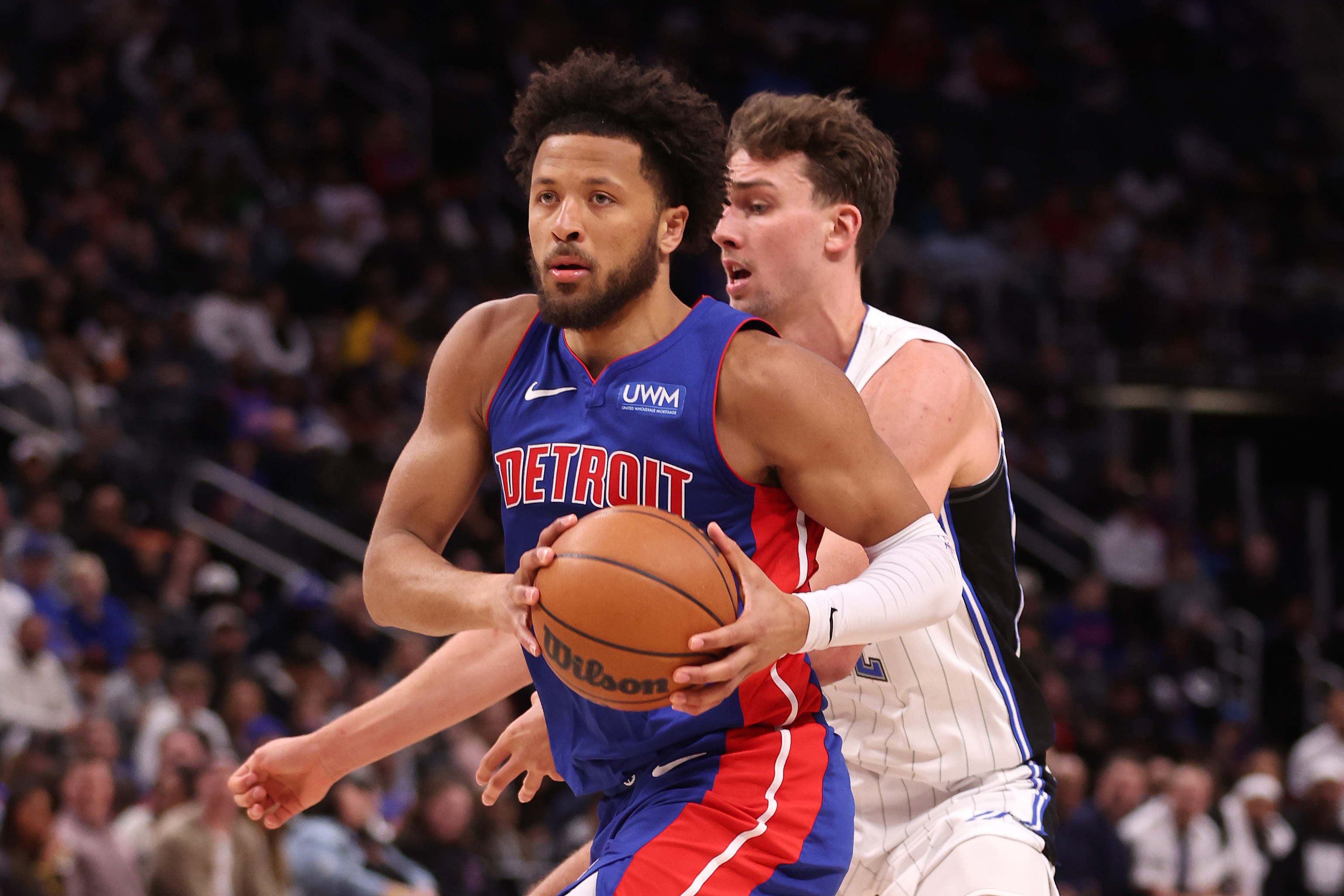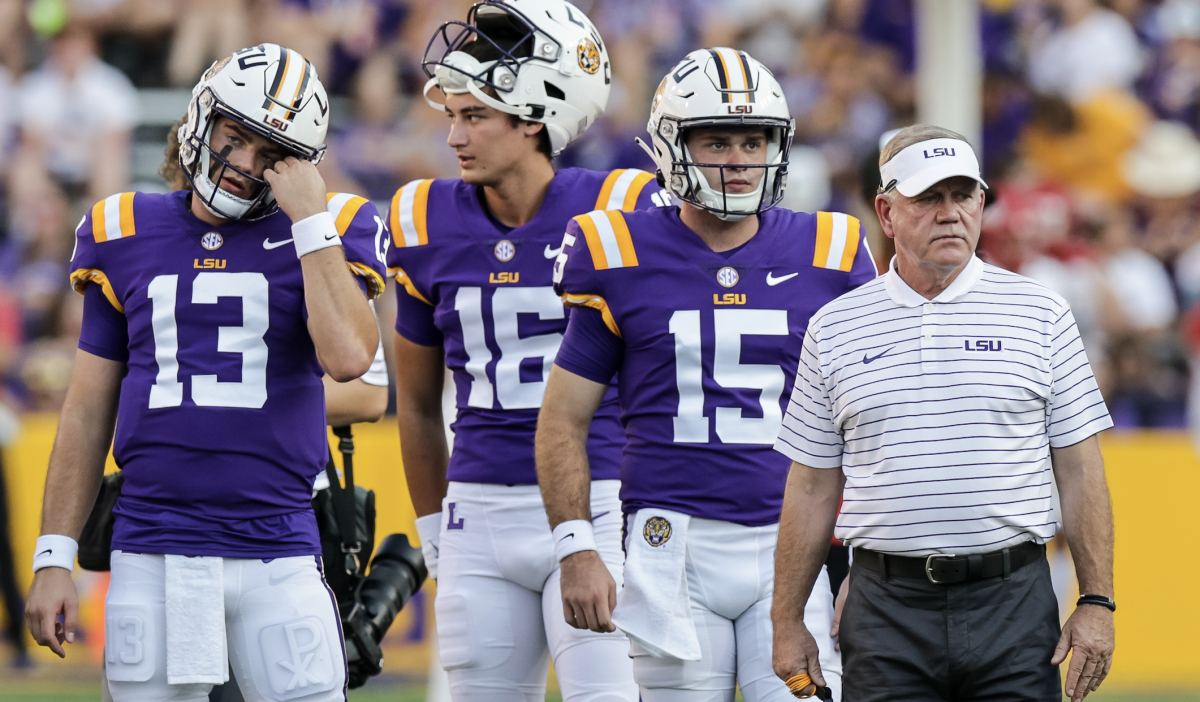Unveiling The Inspirations: The Real Men Behind F. Scott Fitzgerald's The Great Gatsby

Table of Contents
Jay Gatsby: The Composite Character of Multiple Inspirations
Jay Gatsby, the enigmatic millionaire with a mysterious past, is arguably the most captivating character in Fitzgerald's novel. He wasn't simply conjured from thin air; instead, Gatsby is a composite character, drawing inspiration from various sources in Fitzgerald's life and the roaring twenties.
The Influence of Fitzgerald's Own Life
Fitzgerald's own aspirations for wealth and social status heavily influenced Gatsby's character. Fitzgerald, despite his literary talent, yearned for the acceptance and lifestyle of the wealthy elite. This ambition is mirrored in Gatsby's relentless pursuit of Daisy Buchanan, a symbol of the upper class he desperately desires to join.
- Early Life Struggles: Fitzgerald’s early life, marked by financial instability and social insecurity, shaped Gatsby's longing for a life beyond his means.
- Ambition and Drive: Gatsby's unwavering determination to achieve his dreams reflects Fitzgerald's own persistent ambition.
- Infatuation with the Wealthy: Fitzgerald's own fascination with the wealthy and powerful is reflected in Gatsby's obsessive pursuit of Daisy.
- Relationship with Ginevra King: Ginevra King, a wealthy socialite Fitzgerald was deeply infatuated with, is widely considered a significant inspiration for Daisy Buchanan, showcasing Fitzgerald's projection of his own desires onto his creation.
The Real-Life Gatsbys
Beyond Fitzgerald’s personal experiences, several real-life figures are believed to have contributed to Gatsby's persona.
- Max Gerlach: A wealthy bootlegger known for throwing lavish parties, Gerlach's extravagant lifestyle mirrors Gatsby's.
- Edward "Eddie" Renahan: A friend of Fitzgerald’s who had made a fortune in questionable dealings, potentially influencing Gatsby's ambiguous wealth.
Gatsby's Self-Made Myth
Gatsby meticulously constructs a self-made myth, presenting himself as a self-made man with a prestigious background. This fabricated past contrasts sharply with his humble origins, revealing a complex character driven by a profound desire for social mobility and acceptance. This carefully crafted persona highlights the superficiality and illusion of the Roaring Twenties, a theme central to the novel.
Tom Buchanan: The Archetypal Brute and the Real-Life Models
Tom Buchanan, the brutish and arrogant embodiment of old money, is another character rooted in Fitzgerald's observations of the wealthy elite.
The Bully and the Aristocrat
Tom represents the privileged and powerful men of Fitzgerald's era. His arrogance, infidelity, and casual brutality reflect the unchecked power and entitlement often associated with inherited wealth.
- Historical Context: The social norms of the 1920s, with their emphasis on class divisions and patriarchal structures, helped shape Tom's character.
- Arrogance and Entitlement: Tom's sense of superiority and disregard for others’ feelings are products of his privileged upbringing and societal position.
- Infidelity and Moral Decay: Tom’s blatant infidelity highlights the moral decay prevalent within the wealthy circles Fitzgerald depicted.
Fitzgerald's Acquaintances
Specific individuals within Fitzgerald's social circle likely inspired aspects of Tom's personality. Although identifying specific individuals is difficult, the general characteristics of wealthy, powerful, and often morally questionable men of the era were undoubtedly observed and incorporated into Tom's persona.
- Wealthy Sportsmen: Fitzgerald's acquaintance with wealthy, athletic men contributed to Tom's physical presence and assertive demeanor.
- Socialites and Their Attitudes: The casual cruelty and disregard for social norms exhibited by some of Fitzgerald's acquaintances are mirrored in Tom's behavior.
Tom's Role in the Narrative
Tom functions as a foil to Gatsby, representing the established power structure that Gatsby seeks to infiltrate. He embodies the old money, power, and moral decay that Gatsby ultimately fails to overcome.
Nick Carraway: The Narrator as a Semi-Autobiographical Figure
Nick Carraway, the novel's narrator, is often considered a semi-autobiographical representation of Fitzgerald himself.
Nick's Reliability and Fitzgerald's Perspective
Nick's role as a narrator is crucial; his perspective shapes our understanding of the events and characters. While seemingly objective, Nick possesses his own moral ambiguities, reflecting Fitzgerald's own complex observations.
- Moral Ambiguity: Nick's capacity for both judgment and empathy reveals the nuances of human nature.
- Perspective on the Events: Nick's position as an observer allows him to offer insights into the social dynamics and moral complexities of the era.
Fitzgerald's Experiences in the Roaring Twenties
Fitzgerald's own experiences during the Jazz Age profoundly shaped Nick's character and his narration. Nick's journey reflects Fitzgerald's own immersion in the extravagant world of the wealthy, and his eventual disillusionment with their excesses.
- Social Observations: Nick's keen observations of the wealthy reflect Fitzgerald’s own insights gained from his social interactions.
- Disillusionment: Nick’s growing awareness of the moral flaws of the elite mirrors Fitzgerald’s developing critical perspective on the Roaring Twenties.
Nick as a Stand-In for the Reader
Nick acts as a bridge between the reader and the world of The Great Gatsby. His perspective allows readers to experience the story's events and characters with a degree of both detachment and engagement.
Conclusion: Unmasking the Inspirations Behind The Great Gatsby
This exploration has revealed the complex interplay between F. Scott Fitzgerald's life and the creation of his iconic characters in The Great Gatsby. Jay Gatsby, a composite of Fitzgerald's aspirations and real-life figures; Tom Buchanan, a reflection of the arrogant and powerful elite; and Nick Carraway, a semi-autobiographical narrator – each character enhances our understanding of the novel’s themes and lasting impact. Understanding the real-life influences behind these characters deepens our appreciation of Fitzgerald's literary genius and the enduring power of The Great Gatsby. To further explore "The Real Men Behind F. Scott Fitzgerald's The Great Gatsby," delve into biographies of Fitzgerald and research the historical context of the Roaring Twenties. You'll uncover a deeper appreciation for the novel's enduring legacy and its intricate connection to the realities of its time.

Featured Posts
-
 Jeff Bezos Asks Whos The Next James Bond Fans Deliver A Resounding Verdict
May 11, 2025
Jeff Bezos Asks Whos The Next James Bond Fans Deliver A Resounding Verdict
May 11, 2025 -
 Por Que Uruguay Celebra La Semana De Turismo En Lugar De La Semana Santa
May 11, 2025
Por Que Uruguay Celebra La Semana De Turismo En Lugar De La Semana Santa
May 11, 2025 -
 The Challenge Season 41 Spoilers Fan Favorite Eliminated Champs Remain
May 11, 2025
The Challenge Season 41 Spoilers Fan Favorite Eliminated Champs Remain
May 11, 2025 -
 Nba Legend Magic Johnsons Prediction Knicks Vs Pistons Series Winner
May 11, 2025
Nba Legend Magic Johnsons Prediction Knicks Vs Pistons Series Winner
May 11, 2025 -
 Isaiah Salinda And Kevin Velo 58 And Leading The Zurich Classic
May 11, 2025
Isaiah Salinda And Kevin Velo 58 And Leading The Zurich Classic
May 11, 2025
Latest Posts
-
 Aaron Judges 2024 Outlook Key Insights From Yankees Magazine
May 12, 2025
Aaron Judges 2024 Outlook Key Insights From Yankees Magazine
May 12, 2025 -
 Yankees Magazine Predicting Aaron Judges 2024 Performance
May 12, 2025
Yankees Magazine Predicting Aaron Judges 2024 Performance
May 12, 2025 -
 Aaron Judges 2024 Season A Yankees Magazine Retrospective
May 12, 2025
Aaron Judges 2024 Season A Yankees Magazine Retrospective
May 12, 2025 -
 Tennessees Late Inning Surge Evens Series Against Lsu
May 12, 2025
Tennessees Late Inning Surge Evens Series Against Lsu
May 12, 2025 -
 Yankees Magazine Aaron Judges Historic 2024 Season
May 12, 2025
Yankees Magazine Aaron Judges Historic 2024 Season
May 12, 2025
